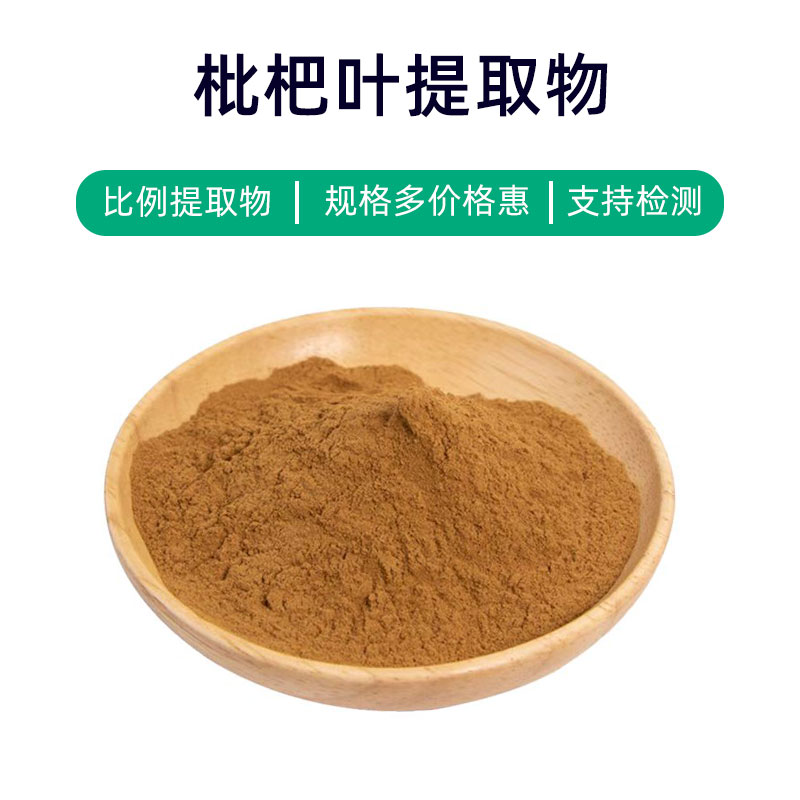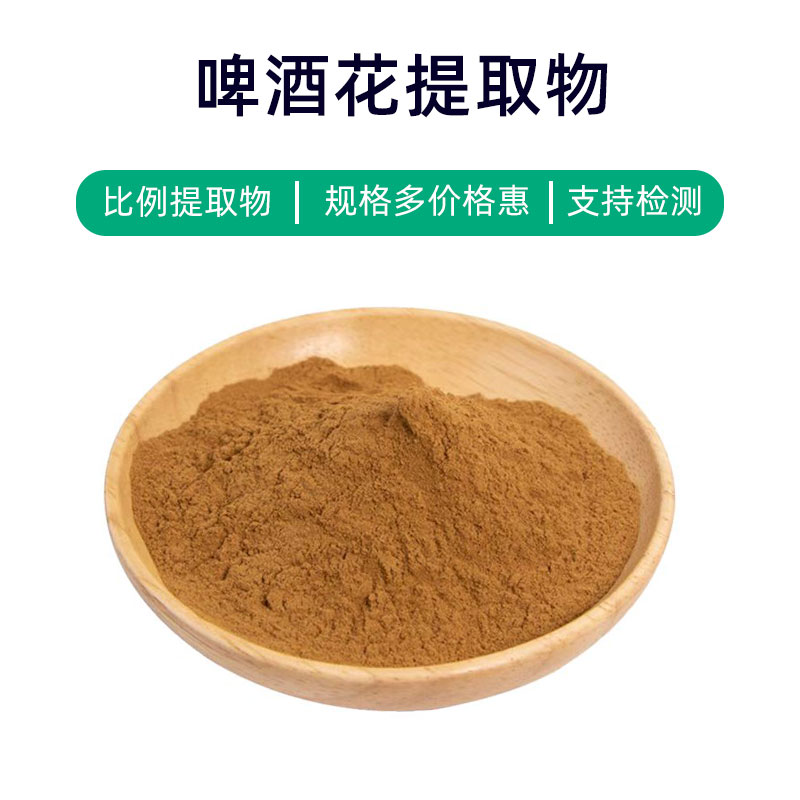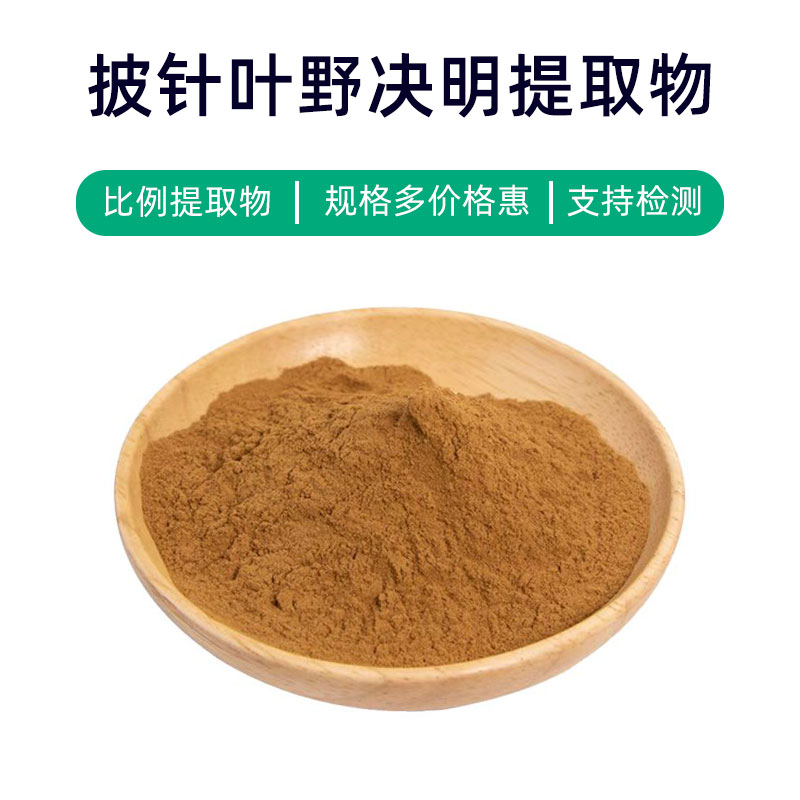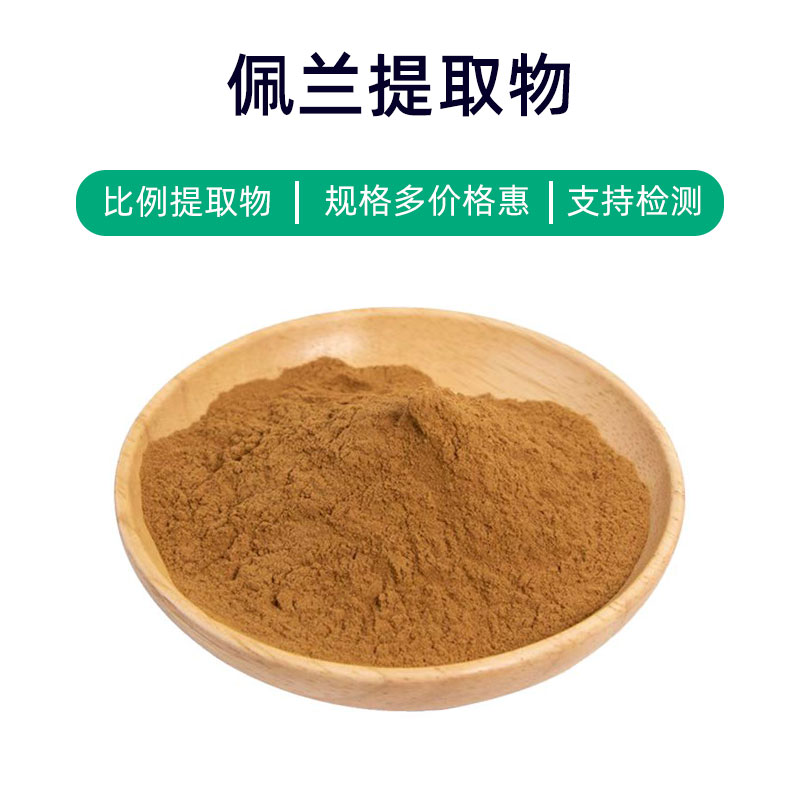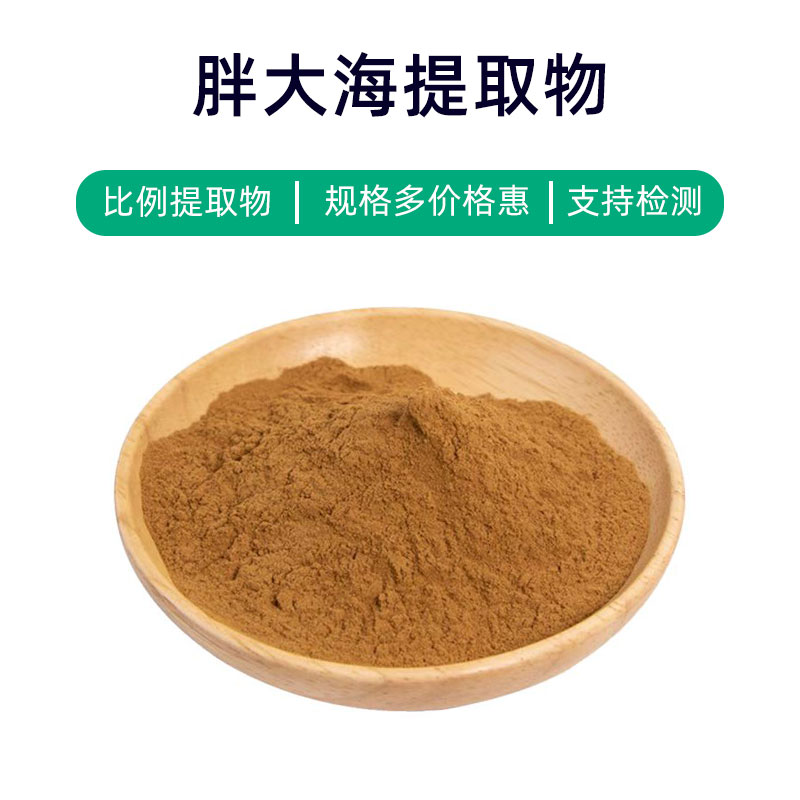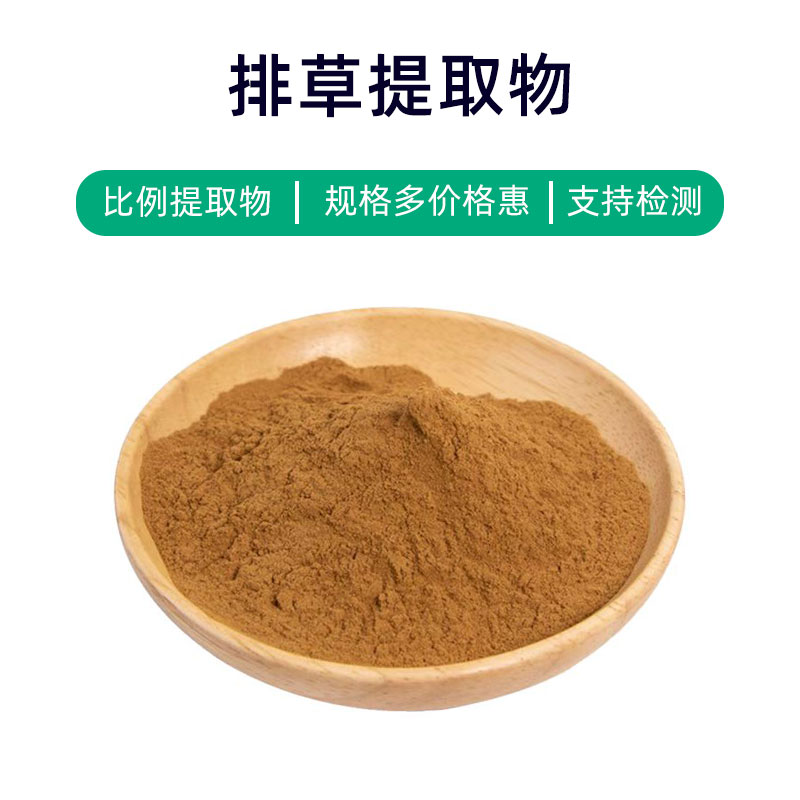Seaweed Extract Product Introduction
Seaweed extract is a natural plant extract derived from seaweeds, consisting mainly of algal polysaccharides, alginic acid, proteins, vitamins, and minerals. It has various functions and applications.
First, seaweed extract is widely used in skincare and cosmetic products. Its rich nutrient components can moisturize the skin and maintain hydration, while also providing antioxidant effects that help reduce free radical damage to the skin and delay aging. Seaweed extract also has soothing and skin-repairing properties, alleviating skin discomfort and promoting skin health.
Secondly, seaweed extract has applications in the pharmaceutical field. Due to its various nutrient components, it can be used in the formulation of certain medications, helping to regulate immune functions, lower blood lipids, and reduce blood sugar, contributing to improved overall health.
Additionally, seaweed extract is commonly used in the food industry. It can serve as a food additive to enhance nutritional value and improve taste, functioning as a seasoning and flavor enhancer. Seaweed extract is also used in producing various health foods like seaweed tablets and powder.
Overall, as a natural plant extract, seaweed extract has a broad application prospect. It can be used in formulations for skincare and cosmetics to improve skin texture and is also applicable in pharmaceuticals and the food industry, providing more choices for health and life.
Seaweed Extract Product Production Process
The production process for seaweed extract typically includes the following main steps:
- Seaweed Collection: First, select high-quality seaweed as raw material for collection. Seaweed usually grows in the ocean or freshwater, and it is important to choose healthy and high-quality specimens during collection.
- Washing and Processing: The collected seaweed needs to be washed and processed to remove impurities, salt, and other unwanted substances. This can be done through water rinsing and screening.
- Grinding and Extraction: After washing, the seaweed is ground into a powder to enhance extraction efficiency. Then, appropriate solvents (like water, ethanol, etc.) are used to extract the effective components from the seaweed.
- Filtration and Concentration: The extracted liquid is filtered to remove residues and impurities, yielding a pure seaweed extract solution. The solution is then concentrated to increase its potency for further processing and use.
- Processing and Refinement: The concentrated seaweed extract undergoes further processing and refinement to ensure quality and stability. Various techniques, such as freeze-drying or spray-drying, may be employed.
- Testing and Quality Control: The processed seaweed extract is tested and subjected to quality control to ensure it meets relevant standards and guidelines, guaranteeing the safety and efficacy of the product.
- Packaging and Storage: Finally, the finished seaweed extract is packaged, typically in moisture-proof and airtight materials to maintain stability and the effectiveness of active components. It should be stored away from direct sunlight and high temperatures, kept in a dry, cool place.
These are the typical steps in the production process of seaweed extract, each requiring strict control to ensure the final product's quality and stability.
Seaweed Extract Functions and Side Effects
Seaweed extract, a natural plant extract from seaweeds, has various functions and benefits, which mainly include:
- Nutritional Supplementation: Seaweed extract is rich in vitamins, minerals, proteins, and polysaccharides, making it a valuable nutritional supplement that aids in nourishing the body and enhancing immunity.
- Antioxidant: Seaweed extract contains rich natural antioxidants, such as alginic acid and keratin, which can eliminate free radicals in the body, delay aging, and protect cell health.
- Skin Care: Seaweed extract has moisturizing, anti-inflammatory, and skin-repairing effects, making it beneficial for use in skincare products to help maintain skin hydration and softness while reducing wrinkles and dark spots.
- Weight Loss: Some seaweed extracts contain components like alginic acid, which can promote metabolism, regulate blood sugar, and lower blood lipids, serving as an ingredient in weight loss products to help control body weight.
- Blood Purification: Components like phycocyanin in seaweed extract can adsorb heavy metals and harmful substances, aiding in blood purification and improving the internal environment.
- Bone Health: Seaweed extract is rich in calcium, magnesium, zinc, and other minerals that help increase bone strength and prevent osteoporosis and fractures.
- Regulation of Intestinal Function: Rich in fiber and polysaccharides, seaweed extract promotes intestinal peristalsis, regulates intestinal function, and prevents constipation and intestinal diseases.
- Boosting Immunity: The polysaccharides in seaweed extract have immunoregulatory effects, boosting the body's immune function and enhancing resistance against infections and diseases.
It is important to note that although seaweed extract has various benefits, individual differences and dosage control must be considered to avoid adverse reactions. Consulting with a doctor or nutritionist before use is advised to mitigate potential risks.
Seaweed Extract Application Scenarios and Dosage
Seaweed extract is widely used in the pharmaceutical, food, and cosmetic fields, with usage methods and dosages varying by specific products and application areas. Below are insights into the applications and dosages of seaweed extract in different sectors:
- Pharmaceutical Applications:
- Usage: Seaweed extract is commonly used in the pharmaceutical field for preparing medicines, health products, and pharmaceutical excipients.
- Dosage: Specific dosages depend on the formulation of the medication or health product, generally following the guidance of a physician or pharmacist.
- Food Applications:
- Usage: Seaweed extract can serve as a food additive, such as a thickener, emulsifier, or preservative, used in various food preparations.
- Dosage: Added according to food safety standards and formulation requirements, with relatively small quantities that need to be adjusted based on specific formulations.
- Cosmetic Applications:
- Usage: Seaweed extract is often found in cosmetics, such as creams, lotions, and masks, providing moisturizing, antioxidant, brightening, and anti-aging effects.
- Dosage: Specific dosages should be determined based on cosmetic formulations and product properties, generally added within the range of 0.1% to 5%.
- Other Applications:
- Beyond pharmaceuticals, food, and cosmetics, seaweed extract can also be utilized in agriculture and environmental protection, functioning as a biofertilizer, soil conditioner, or water purifier.
It is crucial to note that the usage methods and dosages of seaweed extract differ across sectors. Users should understand the specific product formulations and usage instructions, adhering to the manufacturer's recommendations. Additionally, consideration of individual differences and allergic reactions is essential; if discomfort occurs, use should be discontinued, and professional advice should be sought.
Seaweed Extract Source Plant Introduction, Distribution, and Growing Environment
Seaweed extract is a natural plant extract derived from seaweeds, commonly found in marine environments. Below is an introduction to the source plants, distribution, and growing environment of seaweed extract.
- Source Plants:
- Seaweeds are multicellular algae that grow in water, primarily classified into red, green, and brown algae. Seaweed extract mainly comes from various types of seaweeds, such as kombu, sea lettuce, nori, wakame, etc.
- Distribution:
- Seaweeds are widely distributed, primarily found in the world's oceans and seas, including the Pacific, Atlantic, and Indian Oceans.
- Different species of seaweeds have varying distributions in different water bodies; for instance, some may predominantly grow in temperate waters, while others may be more suited to polar or tropical regions.
- Growing Environment:
- Seaweeds typically grow in shallow coastal waters, such as inshore areas, rocky shores, coral reefs, and bays, with some species found on the ocean floor at greater depths.
- Seaweeds have specific requirements for water quality and light, usually thriving in clear waters with abundant sunlight.
- The growing environment of seaweeds is also closely linked to factors such as temperature, salinity, and water flow, with different species adapting variously to these environmental conditions.
As a type of marine plant, seaweeds possess rich nutritional value and bioactive components, making them widely used in food, pharmaceuticals, cosmetics, and other fields. The characteristics of their growing environments result in varied distributions and yields across different marine regions, but overall, seaweed extract, as an important type of natural plant extract, has significant applications and development prospects in various sectors.
Seaweed Extract Processing and Storage
The processing of seaweed extract primarily includes collection, washing, drying, grinding, and extraction steps. First, seaweed should be collected from clean marine environments and thoroughly washed to remove impurities and salt. Next, it undergoes appropriate drying treatments to reduce moisture content. The seaweed is then ground into powder or finely crushed particles and extracted to obtain its active components. Finally, the extract undergoes filtration, concentration, and drying processes to produce the final seaweed extract product. During storage, it should be placed in a cool, dry, and ventilated environment, avoiding direct sunlight and high temperatures. Sealed storage can extend its shelf life while preventing moisture and mold growth.
Monica Sun is a seasoned expert in the plant extraction industry with over a decade of experience in research and production. She specializes in the extraction and purification of plant active ingredients, focusing on driving innovation in natural product applications. Monica has participated in the development of multiple functional plant extracts, delivering high-value natural raw material solutions for the health food, pharmaceutical, and dietary supplement sectors.









